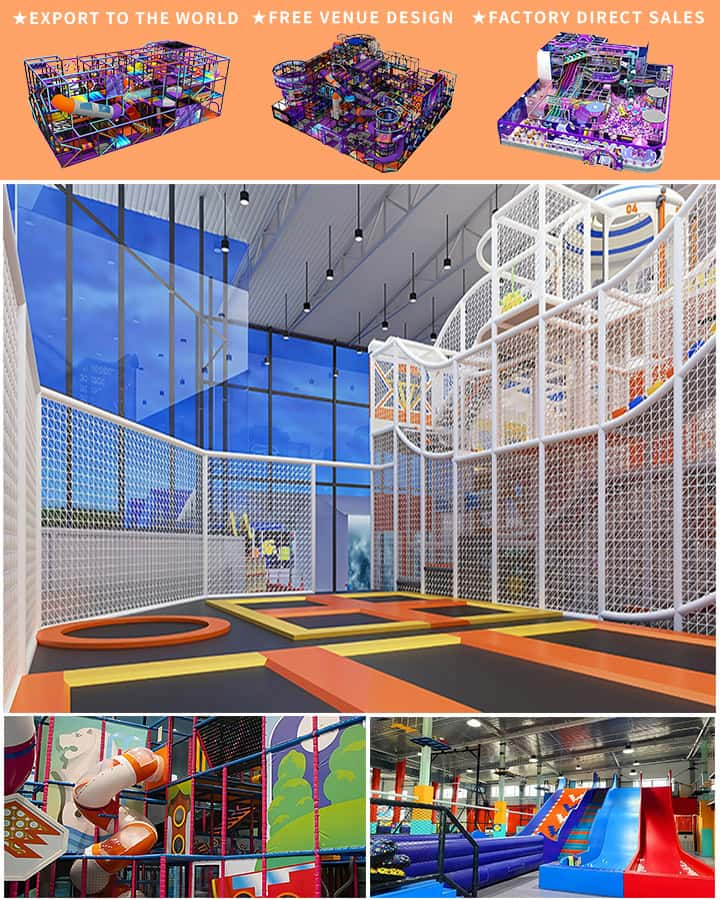Creating a safe and enjoyable playground environment for toddlers is crucial for their physical development, social skills, and overall well-being. With the right playground equipment, you can foster an atmosphere of fun, learning, and growth that will benefit young children immensely. Here’s a comprehensive guide to selecting the best playground equipment for toddlers.
1. Safety First
Safety is paramount when it comes to playground equipment for toddlers. All equipment should be age-appropriate and designed with safety in mind. Look for features such as:
- Soft Surfacing: Use rubber mats or wood chips under play structures to cushion falls.
- Non-Toxic Materials: Ensure all materials are non-toxic and free from harmful chemicals.
- Smooth Edges: Check that all edges are smooth and rounded to prevent cuts and scrapes.
- Stable Structures: Playground structures should be firmly anchored to avoid tipping over.
2. Types of Playground Equipment
There is a wide variety of playground equipment suitable for toddlers. Here are some popular options:

- Slides: Low-angle slides are perfect for toddlers, offering gentle descents that make for safer, more enjoyable experiences.
- Climbers: Steppers, ladders, and small climbing walls help develop motor skills and build confidence.
- Swinging Activities: Toddler swings, including bucket swings, tire swings, and adaptable seats, promote sensory integration and balance.
- Sandbox: Sandboxes encourage creativity and tactile play, which are essential for developing fine motor skills.
- Interactive Panels: Musical instruments, spinning gears, and activity panels can engage toddlers while they develop cognitive abilities.
3. Educational Benefits
Playgrounds aren’t just about fun; they also offer educational benefits. Through play, toddlers can learn important life skills such as:
- Physical Development: Climbing, jumping, and balancing enhance gross motor skills.
- Social Skills: Group activities teach sharing, cooperation, and conflict resolution.
- Problem Solving: Interactive equipment encourages creative thinking and problem-solving.
- Sensory Exploration: Diverse textures and colors help in sensory development.
4. Design Considerations
When designing a playground for toddlers, consider the following:
- Accessibility: Ensure ramps and pathways are easy to navigate for toddlers with disabilities.
- Size Appropriateness: The scale of the equipment must suit toddlers; larger structures can be intimidating and unsafe.
- Variety: A mix of different types of equipment keeps children engaged longer and allows them to explore various activities.
- Supervision Areas: Incorporate seating areas for caregivers to supervise the children easily.
5. Maintenance Tips
Proper maintenance ensures the longevity and safety of playground equipment. Regular checks for wear and tear, cleaning surfaces, and ensuring stable installations are key steps. Address any repairs promptly to maintain a safe play environment.
Conclusion
Choosing the right playground equipment for toddlers involves a thoughtful approach that prioritizes safety, education, and fun. By investing in high-quality, age-appropriate structures, you can create an enriching environment where children can grow, learn, and thrive. Remember, the ultimate goal is to provide a space where toddlers can safely explore their world while building fundamental skills for a bright future.




